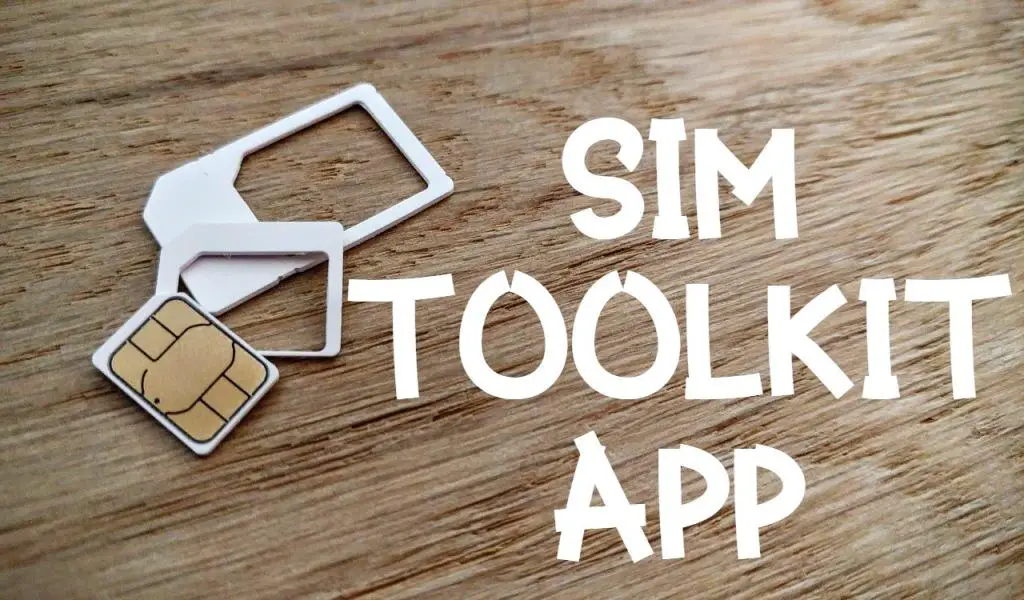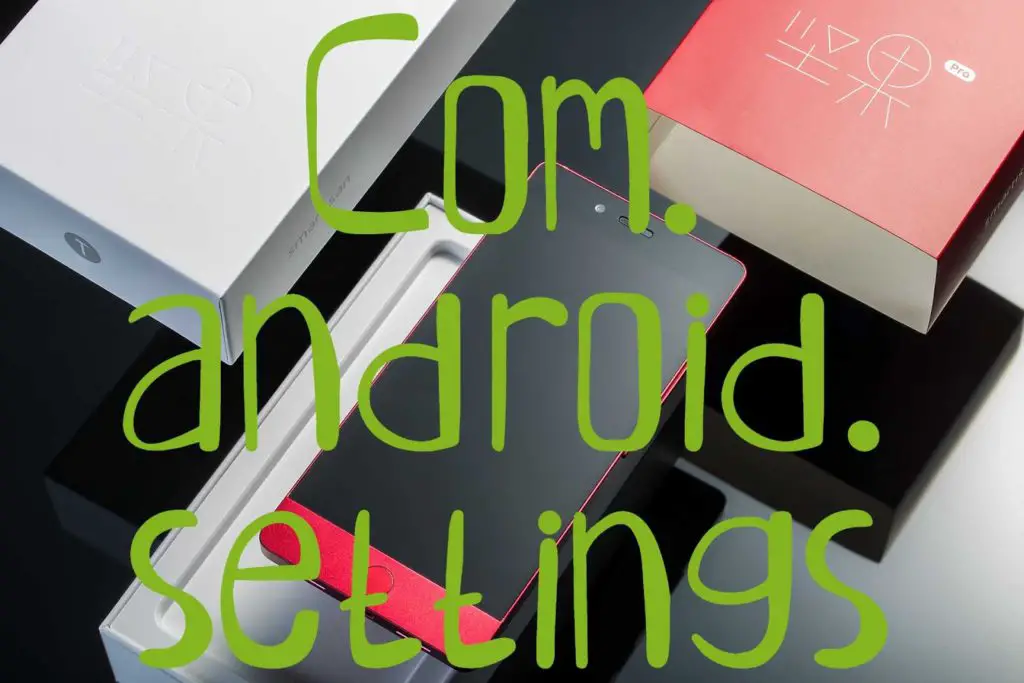In the ever-evolving landscape of mobile technology, there’s a growing nostalgia for the simplicity and practicality of flip phones. While smartphones offer a vast array of features, the charm of flip phones—especially those enhanced with Android capabilities—cannot be understated. They remind us of a time when mobile devices were primarily for calls and texts, free from the constant pings of notifications.

Modern Android Flip Phones: A Fusion of Old and New
- Samsung Galaxy Folder 2: This device marries Samsung’s expertise in high-end smartphones with the classic flip phone design. It features 2 GB of RAM and 16 GB of internal storage, with a compact 3.8-inch display ideal for slipping into your pocket. Its dual SIM capability makes it a perfect companion for travelers seeking the convenience of a flip phone without sacrificing smartphone functionalities.
- ZTE CymbalZ-320: Targeted at users who want smartphone capabilities without the clutter of numerous apps, the ZTE CymbalZ-320 offers essential Android features in a flip phone form. Its support for 4G LTE ensures that it remains functional as older network technologies become obsolete, making it a smart choice for those looking to balance simplicity with connectivity.
- Coolpad SNAP: Available through T-Mobile, the Coolpad SNAP brings flip phone simplicity to a carrier-supported device. With 4 GB of internal storage expandable to 32 GB, it’s designed for users aiming to minimize their screen time while staying connected. Its affordability and payment plan options make it accessible to a wide range of consumers.
- Kyocera DuraXE: For those in need of a rugged device, the Kyocera DuraXE stands out. It combines the durability Kyocera is known for with a flip phone design, making it capable of withstanding rough conditions. With expandable storage and support for MicroSD cards up to 32 GB, it caters to users requiring a sturdy phone that keeps them connected without the fragility of a typical smartphone.
Can We Still Embrace the Flip Phone Today?
Reflecting on the mid-2000s, flip phones were the epitome of mobile communication, combining style with functionality. Despite the dominance of smartphones, flip phones have persisted, evolving with features like Android OS to offer a blend of modernity and nostalgia.
Latest Android Flip Phones:
- Samsung Galaxy Z Flip 3 / Z Flip 4: Samsung has been at the forefront of reviving the flip phone with a modern twist. The Galaxy Z Flip series features a full-sized smartphone screen that folds in half, offering flagship-level specifications, including a high-end processor, dual-camera setup, and 5G connectivity. The Z Flip 4, being the more recent model, offers enhanced battery life, an upgraded camera system, and a more durable folding mechanism.
- Motorola Razr 5G: The Motorola Razr 5G is a nod to the iconic Razr V3, reimagined as a smartphone with a foldable screen. It combines the classic clamshell design with a 6.2-inch foldable pOLED display, a Qualcomm Snapdragon 765G chipset, and 5G support. The Razr 5G also features a 2.7-inch Quick View external display for notifications and basic tasks when the phone is folded.
- Huawei P50 Pocket: Huawei’s entry into the foldable flip phone market, the P50 Pocket, boasts a sophisticated design with a 6.9-inch OLED foldable display. It features high-end camera technology co-engineered with Leica, a powerful Kirin 9000 processor, and a unique external circular display for notifications and selfies. While it offers impressive specs, its availability is limited in certain markets due to Huawei’s ongoing restrictions in the US and other regions.
- Alcatel Go Flip 4: For those seeking a more traditional flip phone experience with basic Android features, the Alcatel Go Flip 4 is a solid choice. It offers a simple user interface, 4G LTE connectivity, and essential smartphone functionalities like email, web browsing, and Google Assistant. It’s an affordable option for users who prioritize ease of use and battery life over advanced smartphone features.
Considerations for Choosing an Android Flip Phone:
- Design and Durability: Consider whether you prefer a classic flip design or a foldable smartphone. Also, check the device’s durability, especially the hinge mechanism and screen.
- Specifications: Look into the processor, camera quality, battery life, and additional features like external displays or 5G support.
- Compatibility: Ensure the device supports your preferred carrier and network type, especially if you’re considering models not widely available in your region.
- Price: Android flip phones, especially foldable smartphones, can be pricey. Determine your budget and whether the unique form factor justifies the cost for your needs.
The Drawbacks and Benefits of Flip Phones
Disadvantages:
- Limited functionality compared to smartphones, particularly in texting and internet capabilities.
- Potential security concerns with traditional texting, which lacks the end-to-end encryption of modern messaging apps.
Advantages:
- Reduced distractions, with studies highlighting the addictive nature of smartphones and their impact on productivity and mental health.
- Potential cost savings, as flip phones often require less expensive plans without data or app-related charges.
- A return to simplicity, offering a break from the constant connectivity and information overload of smartphones.
The Future of Flip Phones
While traditional flip phones offer a respite from the complexities of smartphones, there’s a budding interest in the tech world for flip smartphones. These devices aim to combine the compact design and simplicity of flip phones with the advanced features of smartphones, potentially offering the best of both worlds.
In a groundbreaking study by Rodwell et al. (2024), a novel visual behaviour assay utilizing the flexible screen of a Samsung Galaxy Z Flip phone was developed to study the optokinetic reflex (OKR) in zebrafish larvae. This innovative approach, detailed in “A novel portable flip-phone based visual behaviour assay for zebrafish” in Scientific Reports, volume 14, article number 236, demonstrates the feasibility and effectiveness of using modern flip-phone technology to facilitate OKR studies, offering a portable and cost-effective alternative to traditional, more cumbersome setups. The study’s findings highlight the potential for integrating contemporary consumer electronics into scientific research methodologies, providing a new avenue for conducting visual system development studies with enhanced accessibility and efficiency.
Conclusion
The enduring appeal of flip phones, enhanced with Android capabilities, speaks to a desire for simplicity and efficiency in our communication devices. Whether driven by nostalgia, a need for durability, or a wish to disconnect, the modern Android flip phone offers a compelling alternative to the ubiquitous smartphone. As technology continues to advance, the potential resurgence of flip smartphones could redefine our relationship with mobile devices, blending nostalgia with innovation.
I’m a blogger and love to write about technical topics and beauty tips. Two topics I like one because of my Computer science B.Tech course and another because of my passion.


Pingback: GBA Emulator Android | Gameboy Advance Emulator - gossipfunda